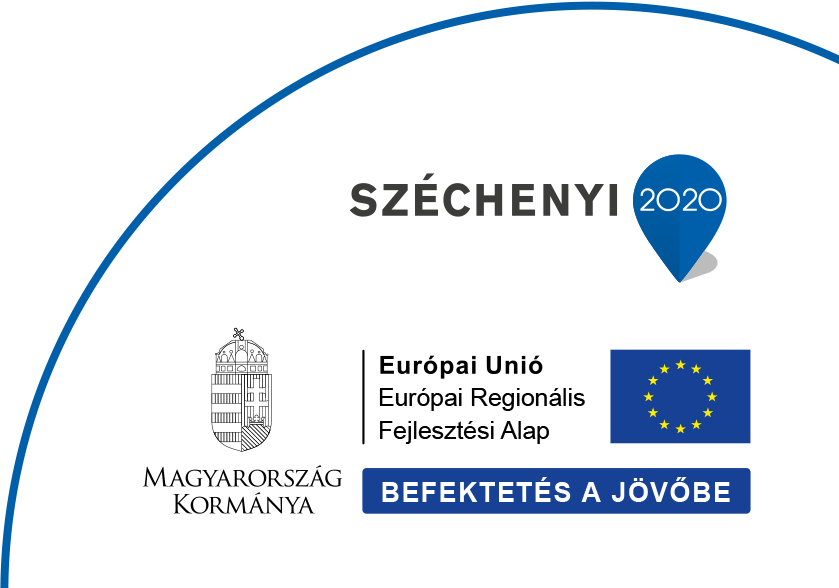The need for hydrogen as a fundamental raw material and energy carrier will extremely increase in the future. As an interim solution to produce clean hydrogen, the exploitation of the Earth’s significant natural gas (methane) reserves without CO2 emission must be facilitated. Our research group is studying novel catalytic methane conversion routes of hydrogen production, which could provide sustainability but are not mature enough for industrial scale implementation yet. Our goal is to develop active and stable supported metal catalysts suitable for these methane conversion reactions, to correlate catalyst structure to the catalytic activity and to identify the active sites. A fundamental need is to optimize the active catalyst components and to set the appropriate support-metal interaction by using knowledge-based preparation methods and sophisticated surface sensitive or bulk catalyst characterization techniques. The methane conversion reactions studied by the group are as follows:
- The decomposition (pyrolysis) of methane, which results in CO2-free, so-called “turquoise” hydrogen and solid carbon. Here, we elucidate the size and morphology effect of the bimetallic (alloy) catalysts on the activation of methane, the growth kinetics of carbon nanofiber and the production of clean hydrogen. Moreover, we include the novel, patented microcombinatorial TEM method (Institute of Technical Physics and Materials Science) to find the most suitable and perspective Ni-based bimetallic compositions and try to utilize the carbon nanotube products in (photo)electrochemical and novel battery applications, in collaboration with other groups.
- The dry reforming of methane with carbon dioxide (biogas), which yields a mixture of hydrogen and carbon monoxide. Here, we investigate the advantages of nickel-indium bimetallic systems discovered in our laboratory, using different oxide supports and gas reactant mixtures (with equimolar or biogas compositions).
Carbon formation with precious morphology must be facilitated in the first reaction, while coke deposition must be prevented in the second one. This can be controlled by proper catalyst design.
Group Leader
Anita Horváth
Tel: +(36-1)-392-2222/31-82
E-mail: horvath.anital@ek.hun-ren.hu
https://orcid.org/0000-0002-5962-0015
https://www.linkedin.com/in/anita-horvath-a15316184
Publications: https://m2.mtmt.hu/gui2/?type=authors&mode=browse&sel=10002604&view=simpleList
Group members:
Andrea Beck, https://orcid.org/0000-0003-2175-8681
Miklós Németh, https://orcid.org/0000-0003-2236-8159
Tamas Koranyi, https://orcid.org/ 0000-0003-4728-0081
Mahitha Udayakumar, https://orcid.org/0000-0001-7876-771X
